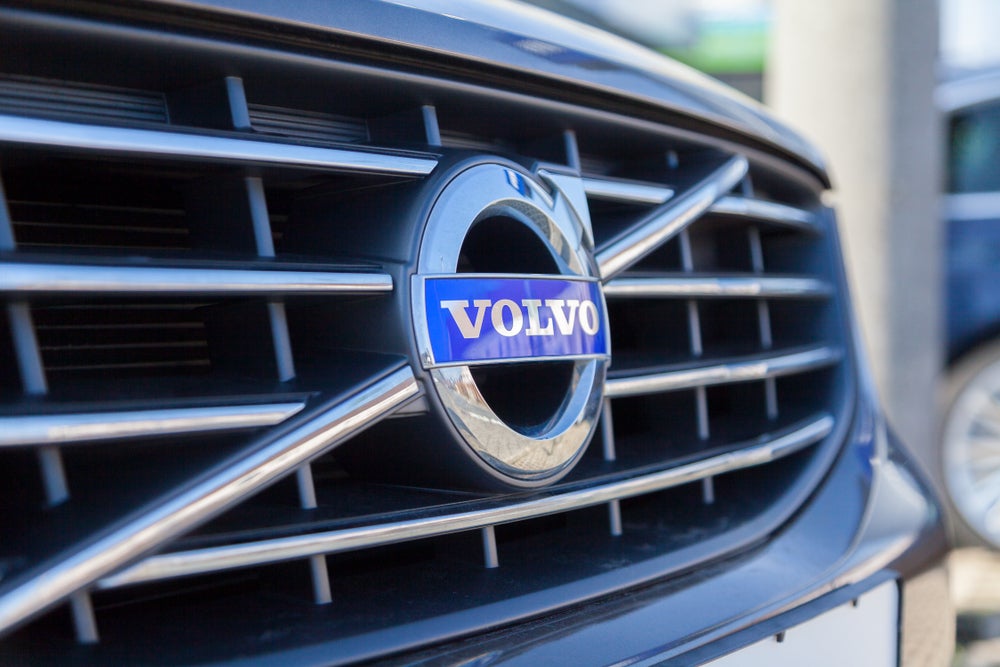Over the next 10 years, the motor
finance business will find itself increasingly thrust to the
forefront of the drive to cut UK carbon emissions.
The UK government’s Low Carbon Transition Plan
calls for the average new car’s CO2 rating to fall by 40 percent by
2020. That means that average emissions must fall from around
160g/km at present to 95g/km. To get there in 10 years, the pace of
reduction will have to speed up considerably as the chart
shows.

In fact, new cars’ fuel efficiency must improve
twice as quickly over the coming decade as it has done until now.
This has obvious implications for residual values of cars – even
after only three or four years – and especially for the RVs of cars
that were not particularly fuel efficient to begin with.
For the leasing industry, two crucial issues will
be adapting to the new vehicle technologies as they emerge and
staying ahead of the curve in terms of the ‘greenness’ of the
vehicles leased to customers.
Although likely to remain a niche product, electric
cars will present some interesting challenges to lessors. For the
foreseeable future, the battery is set to be the costliest but
shortest-lived component of most electric cars, including hybrids
and plug-in hybrids. The prospect of having to pay several thousand
pounds for a new battery every few years will definitely sway
buyers’ feelings towards both new and used electric vehicles.
How well do you really know your competitors?
Access the most comprehensive Company Profiles on the market, powered by GlobalData. Save hours of research. Gain competitive edge.

Thank you!
Your download email will arrive shortly
Not ready to buy yet? Download a free sample
We are confident about the unique quality of our Company Profiles. However, we want you to make the most beneficial decision for your business, so we offer a free sample that you can download by submitting the below form
By GlobalDataIdeas for overcoming this problem include using
smaller, detachable batteries that drivers will swap for recharged
ones at roadside stations when they run low on charge.
One thing that nearly all such proposals have in
common is that ownership of the battery will be separated from
ownership of the car. So a business or an individual might buy or
lease the car’s chassis from one funder and lease the battery from
another. Either way, it means two leases on one car.
Deciding how to do this most efficiently, and
working out how and where to apportion risks, are topics for the
leasing industry to grapple with.
Meanwhile, the government is preparing to throw
another volatile ingredient into the mix. Regardless of its own
prediction that widespread production of electric cars is still a
decade away, the government is planning to introduce incentives of
up to £5,000 for buyers of ultra-low carbon cars as early as
2011.
“A business or an individual might buy
or lease the car’s chassis from one funder and lease the battery
from another. Either way, it means two leases on one
car”
Such a large incentive looks quite out of scale
with the projected choice and availability of eligible cars in
2011, leading to a significant risk of chaos in the market. Of
course this proposed ‘cash for cleaner cars’ incentive may not
survive the coming rounds of public spending cuts, but it is
certainly a potential problem that leasing companies need to be
aware of.
With little in the way of alternative technological
fixes on the near horizon, we will have to rely on further progress
in reducing emissions from petrol and diesel vehicles. Again, this
is a stretching goal.
By 2020, customers will be looking for cars with
the capabilities of a current 160bhp upper medium saloon (say a
Ford Mondeo) but the lowly emissions of something likes today’s
799cc Smart Fortwo Coupé.
This is certainly technically feasible.
Manufacturers have made great strides in reducing emissions from
cars of all segments – not just superminis.
For example, the new upper medium BMW 320d ED has
emissions of 109g/km, and is a far cry from the kind of
small-engined, ultra-compact-sized unit that most drivers tend to
think of as a typical low-carbon vehicle.
There is every reason to believe that customers
will be able to have their cake and eat it when it comes to driving
highly capable, low-CO2 vehicles in years to come. But first
ingrained perceptions about the relationship between cars’ size and
their efficiency will have to change. That is especially true in
the corporate sector, where car choice hierarchies are often still
defined by engine size and power output.
Some industry commentators worry that the leasing
industry, by helping its customers to modify their drivers’
expectations, will end up talking itself out of a job. For a
variety of reasons, I don’t believe that will happen. But, as the
pace of change in the new car market speeds up relentlessly in the
next few years, it will be imperative for the leasing industry to
foster demand from customers for low-carbon cars at the front of
the curve, rather than finding itself holding too many of the wrong
products at the end of three- or four-year contracts.
Mark Sinclair, director of
Alphabet






